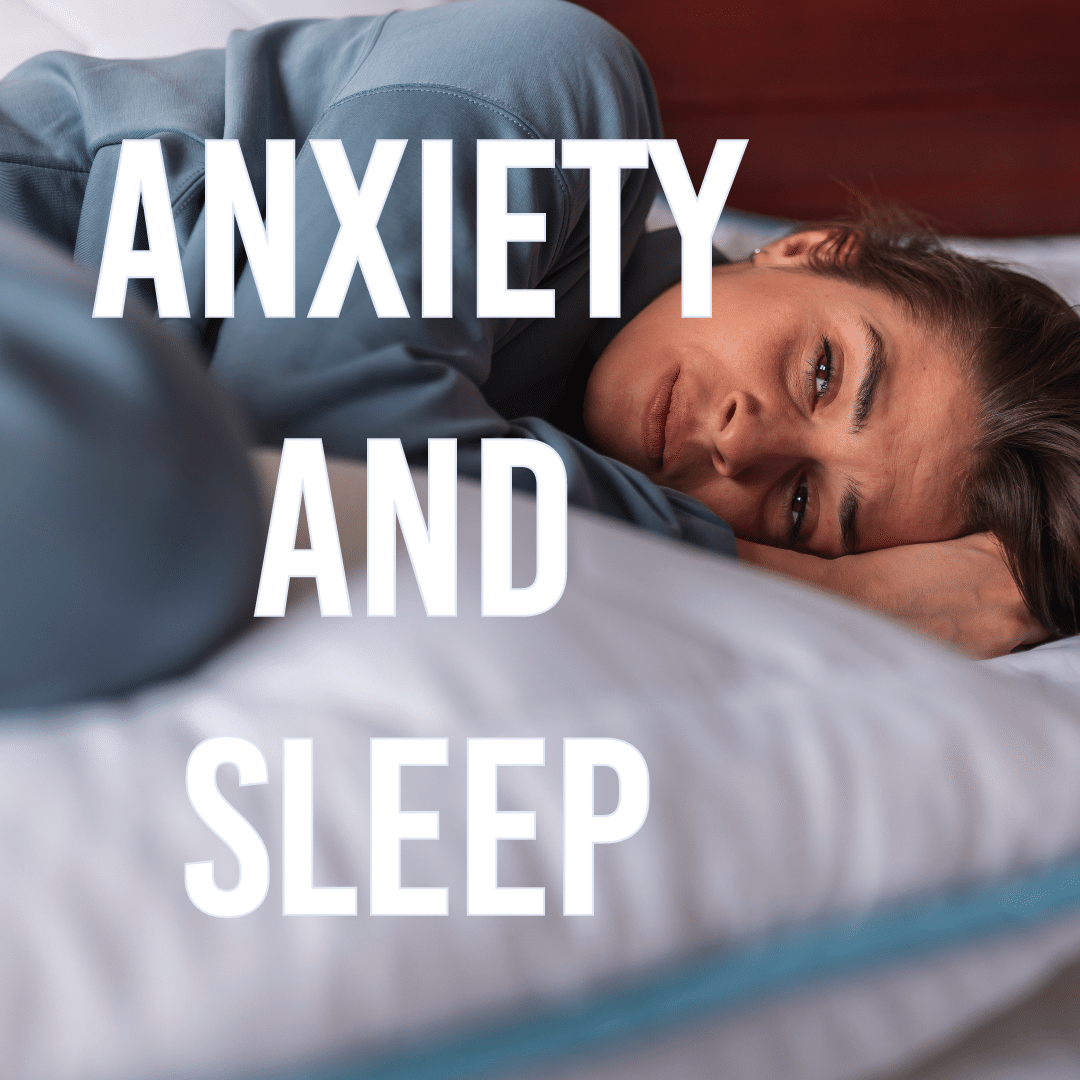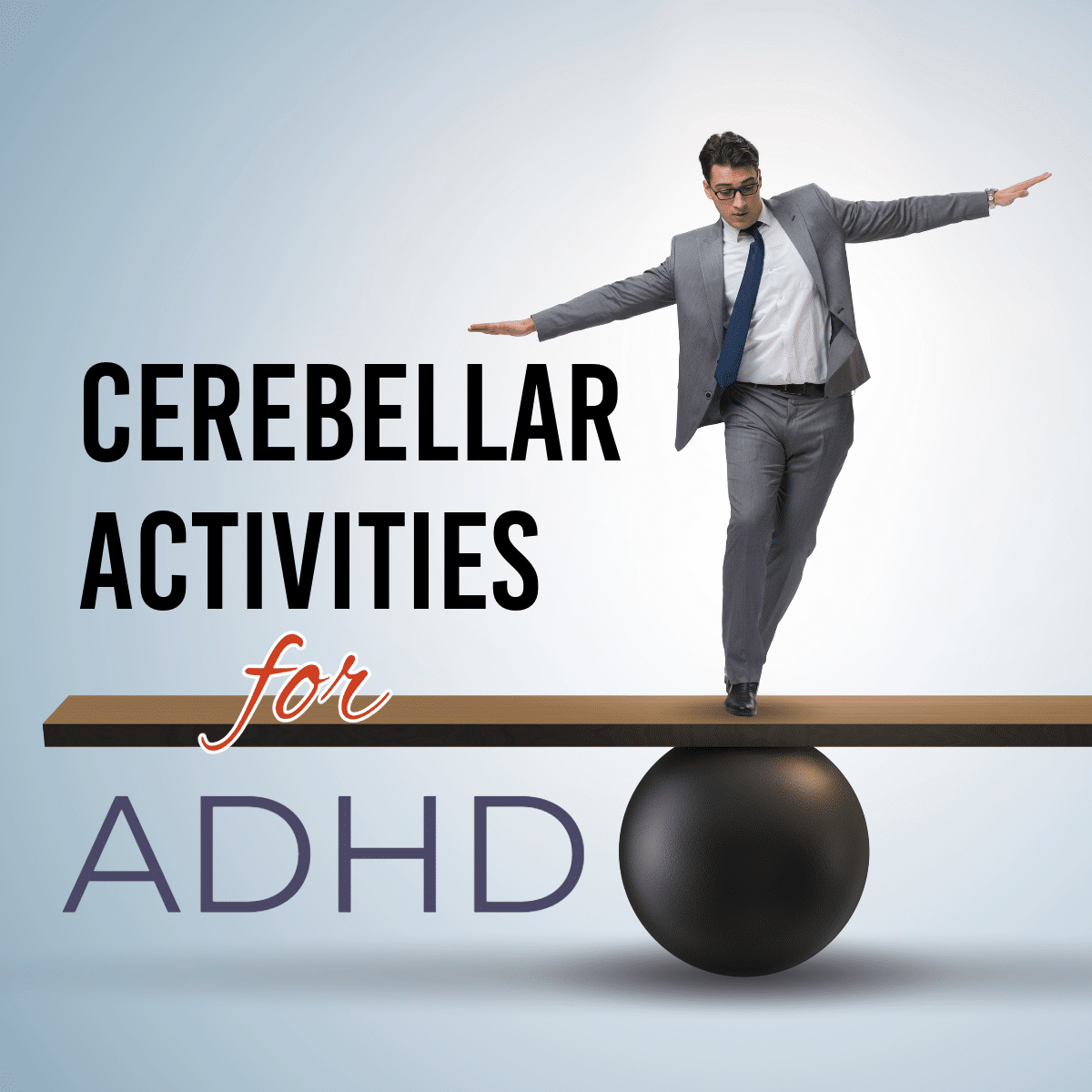The treatment for alcohol use disorder includes individual therapy, group therapy, and medication options. Alcoholism is a disease process that must be treated similar to a medical and mental health disorders. Although this article focuses on medication treatment options, individual and group therapy are very helpful and have scientific evidence to support them.
KEY TAKEAWAYS
- Acamprosate should be favored over naltrexone for individuals with liver disease and those with concern for drug interactions.
- Acamprosate can be taken when an individual is on opioids. Naltrexone cannot.
- In treatment for alcohol use disorders, acamprosate has been found to be slightly more efficacious in promoting abstinence and naltrexone slightly more efficacious in reducing heavy drinking and craving.
- Individuals with renal disease should adjust or stop acamprosate; those with liver disease should not take naltrexone.
- Patients should also be encouraged to maintain involvement in counseling and 12-step programming while exploring medication options.
The three main FDA approved medication options are: naltrexone (brand name ReVia), acamprosate (brand name Campral), and disulfiram (brand name Antabuse).
What is Naltrexone?
What are potential side effects of Naltrexone?
What is Vivitrol?
What is the Sinclair Method?
Acamprosate
What are side effects of acamprosate?
Disulfiram
What are potential side-effects of disulfiram?
What are non-FDA approved medications for treating alcohol use disorder?
- Gabapentin – There is a randomized control trial published in JAMA in 2014 that showed 1800 mg per day dosage in particular was effective in improving abstinence, and heavy drinking days.
- Topiramate – There is study published in JAMA in 2007 that found up to 300 mg topiramate decreased heavy drinking days. Side effects included paresthesias, taste perversion, trouble concentrating.
- Baclofen – To date there have been 15 randomized controlled trials investigating the use of baclofen in AUD; three using doses over 100 mg/day. Two additional RCTs have been completed but have not yet been published. Most trials used fixed dosing of 30–80 mg/day. particularly advantageous in those with liver disease, due to its limited hepatic metabolism and safe profile in this population
- Spironolactone – There was a recent retrospective review study in the Journal of Molecular Psychiatry looking at the use of 50+ mg of spironolactone for treating alcohol use disorder and was found to reduce alcohol consumption.
If you are struggling with substance or alcohol use, depression, or anxiety, intensive outpatient may be right for you. Contact us at (888) 730-5220 or contact us to begin the process of healing today!

 Bruce Bassi
Bruce Bassi





